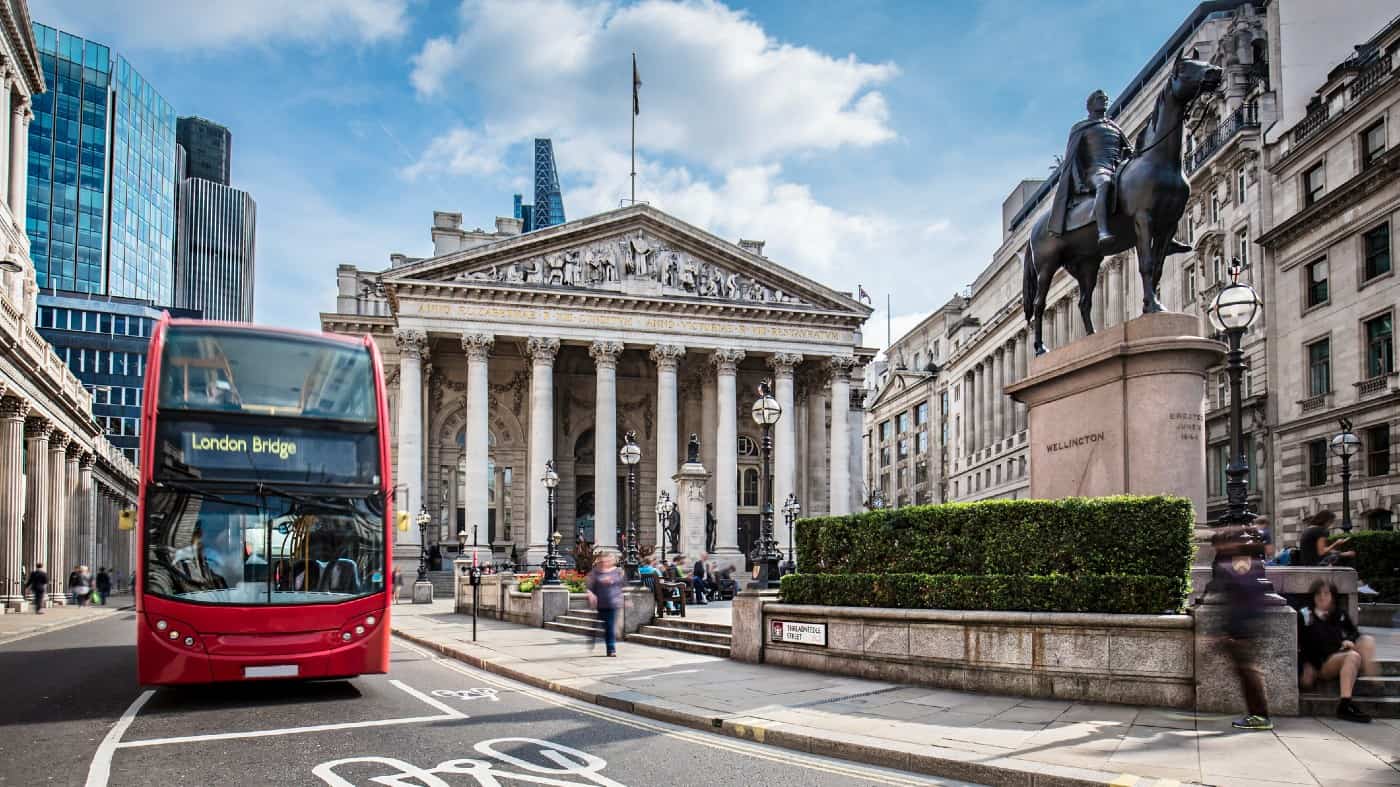The past several years have seen the stock markets move around, sometimes in very unexpected ways. Lately, we have seen a stock market recovery. The FTSE 100 is up 11% over the past year. Indeed, it is now just 5% beneath its all-time high.
Here is how I approach investing in such a period.
Stock market recovery: good or bad?
A lot of investors worry about market downturns. They welcome a stock market recovery, often because it increases the paper value of their portfolio.
I do not see things that way myself. Personally, I am not very interested in share price swings and it does not bother me if a share trades below the price I paid for it. That is because I am following a buy-and-hold investment strategy, like the one used by Warren Buffett.
That strategy involves buying what I think are great companies when I think they have attraction valuations. A short-term dip in a company’s share price should not damage its long-term business prospects in my view. If anything, a lower price can offer me the chance to increase my holdings at a lower cost than before.
Stock market recovery and dividends
A stock market recovery also offers me little cheer when it comes to dividends.
Company dividends do not go up just because the stock market goes up. In fact, I see a stock market recovery as bad from an income perspective. Rising share prices when combined with flat dividends lead to a company’s dividend yield going down. So I will not be able to get the same income for my investment after a recovery as I could have managed during a crash.
As an example, consider M&G. Right now the yield is 8.5%. That is high for a FTSE 100 company and could be an attractive purchase for my portfolio from an income perspective. But earlier this month, the M&G share price was 21% cheaper than now. If I had bought the shares then, I could have got a yield just over 10%. M&G shares have moved up 7% over the past year, but buying the dip even in that time frame could make a big difference to the yield I would have received. The yield difference between the trough of a big stock market crash and peak of a stock market recovery could be even more dramatic.
Looking for bargains
But as a buy-and-hold investor, I do sometimes still see opportunities in a market recovery. After all, a stock market is a market of individual stocks. So while the average price may recover, individual shares may move downwards when the market overall is going up.
That may be particularly true of shares in businesses that are in some way disconnected from the broader trend driving a market recovery. For example, while the FTSE 100 is up 11% over the past 12 months, easyjet shares have lost 32% of their value. Rising oil prices may be good for some FTSE 100 members like Shell or BP, but they risk adding costs, not profits for easyjet. So the airline’s shares have tumbled.
Just because a share is cheaper than before, though, does not mean I will buy it for my portfolio. In a stock market recovery, just like a crash, I am always focussed on value not only price.








